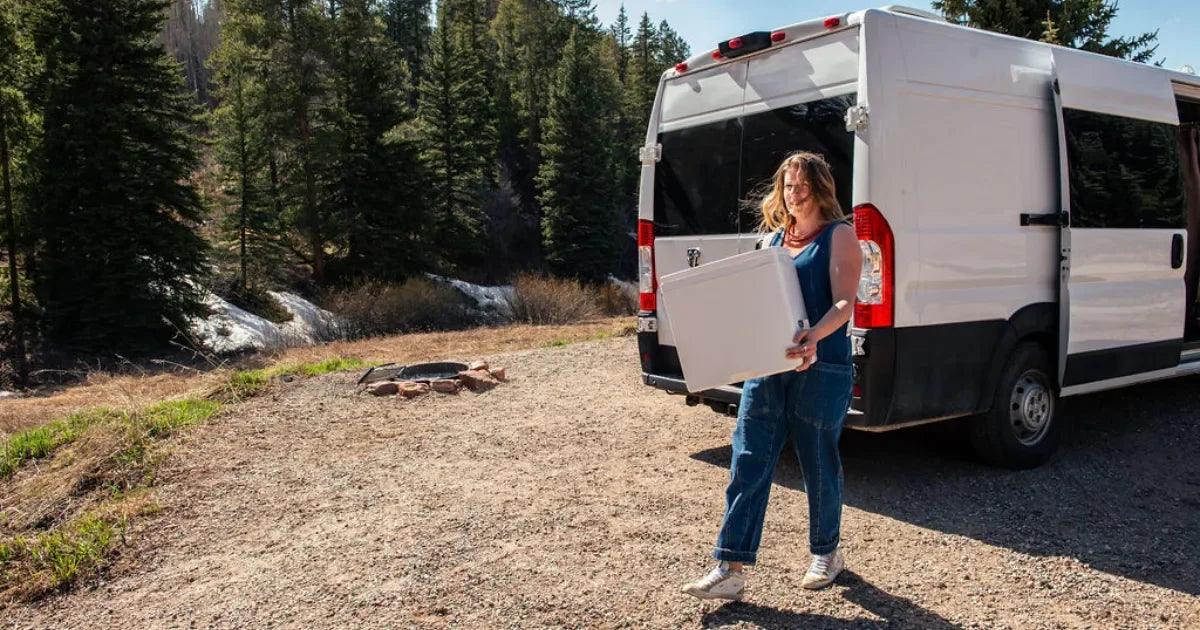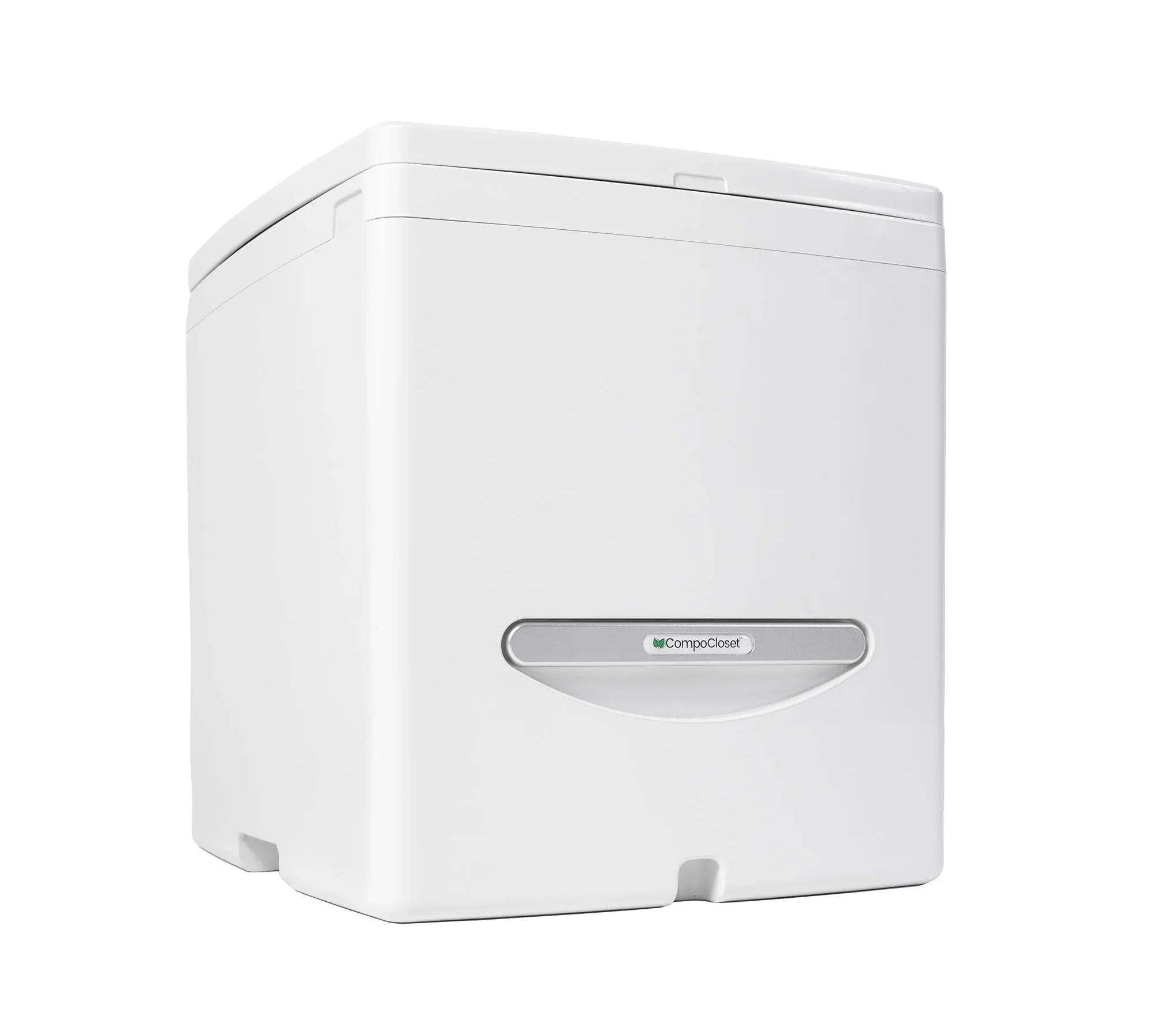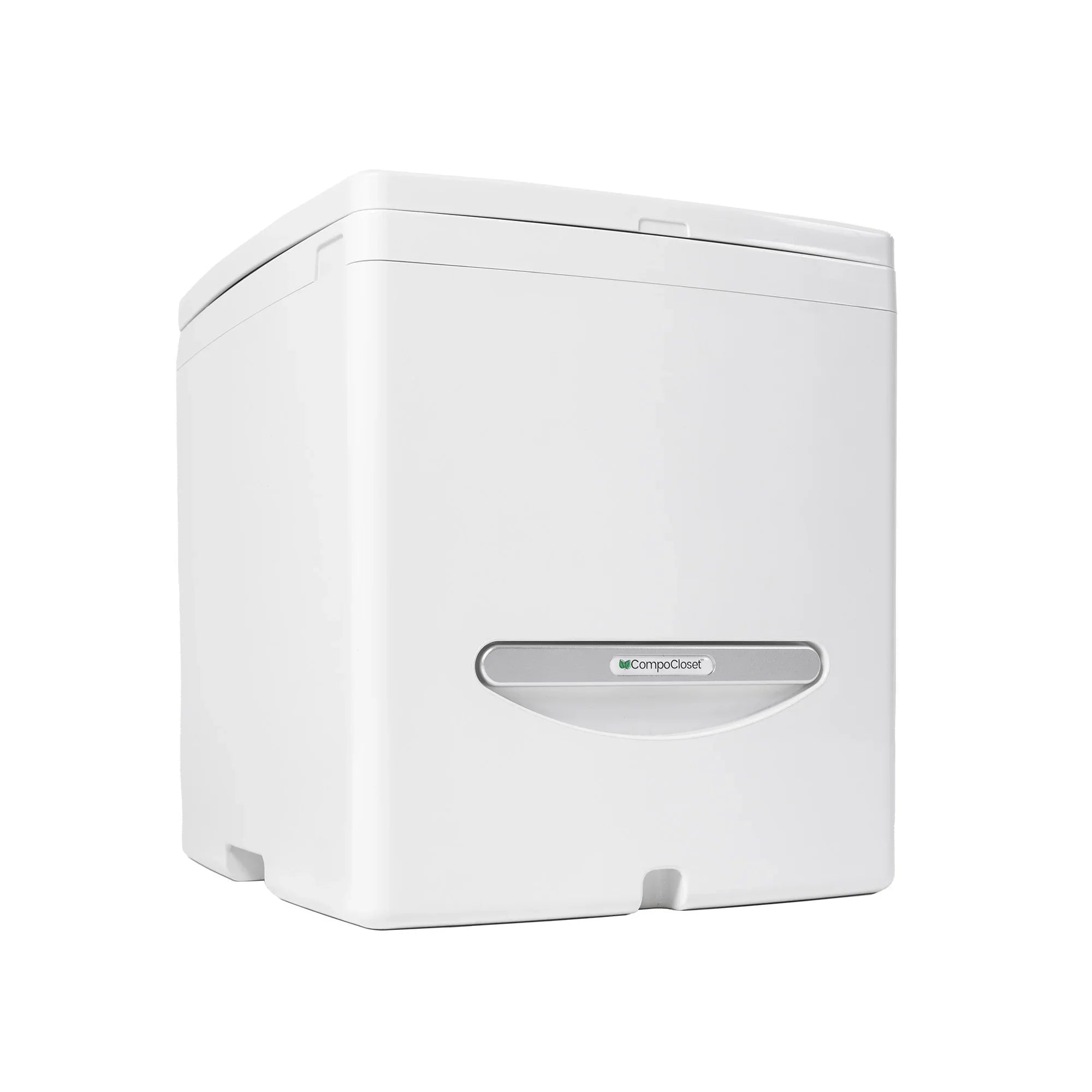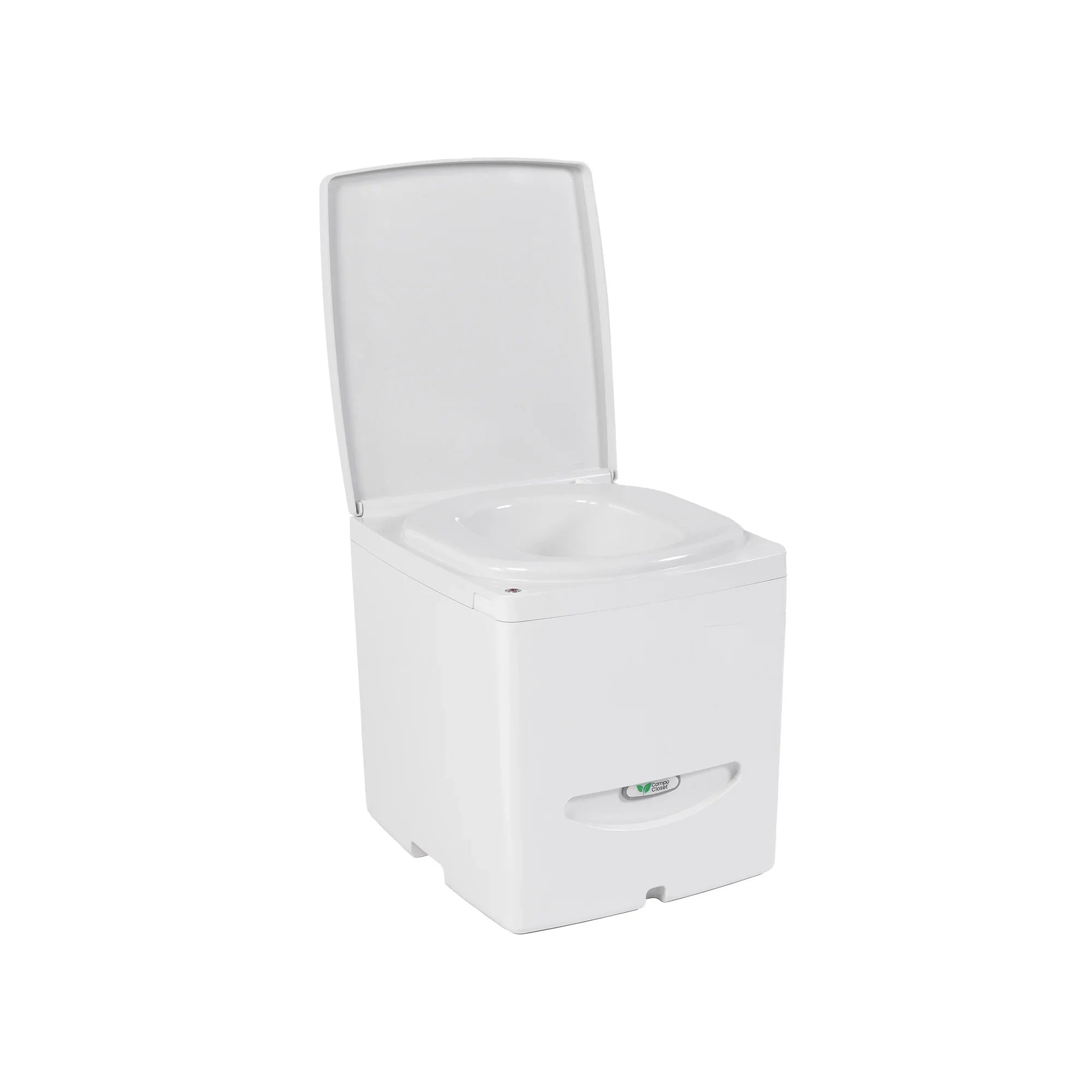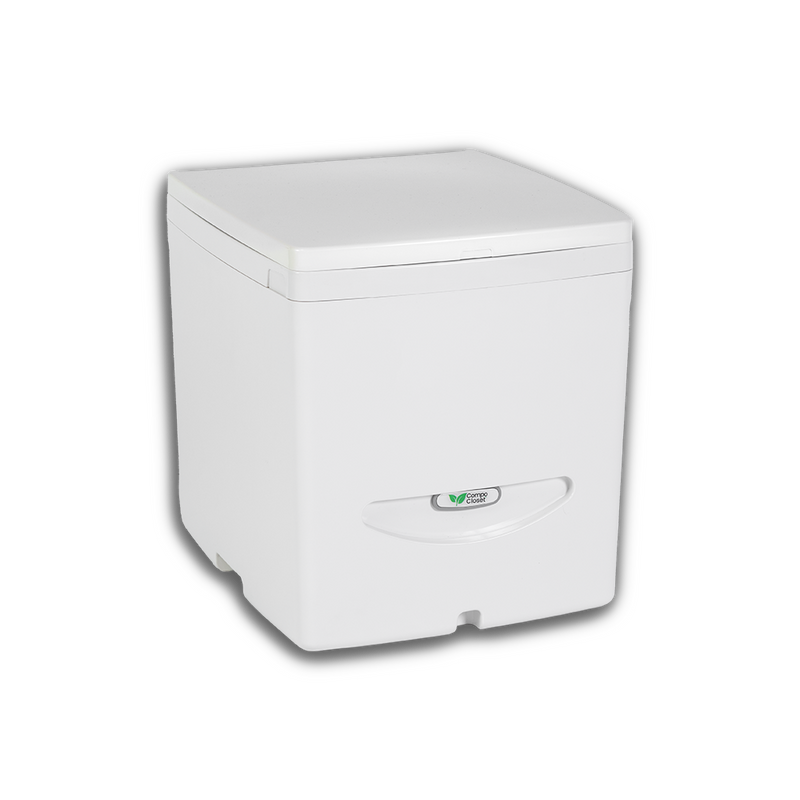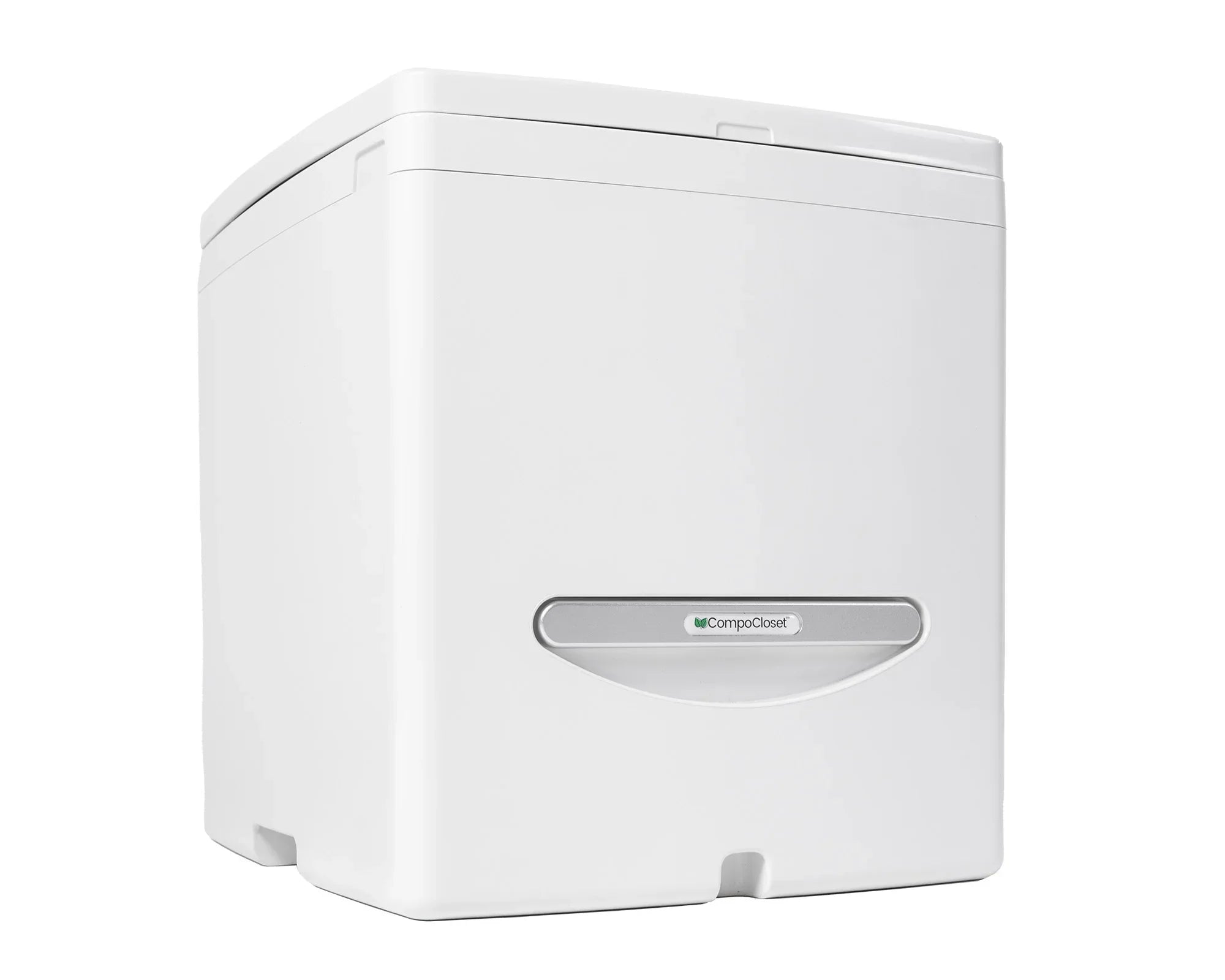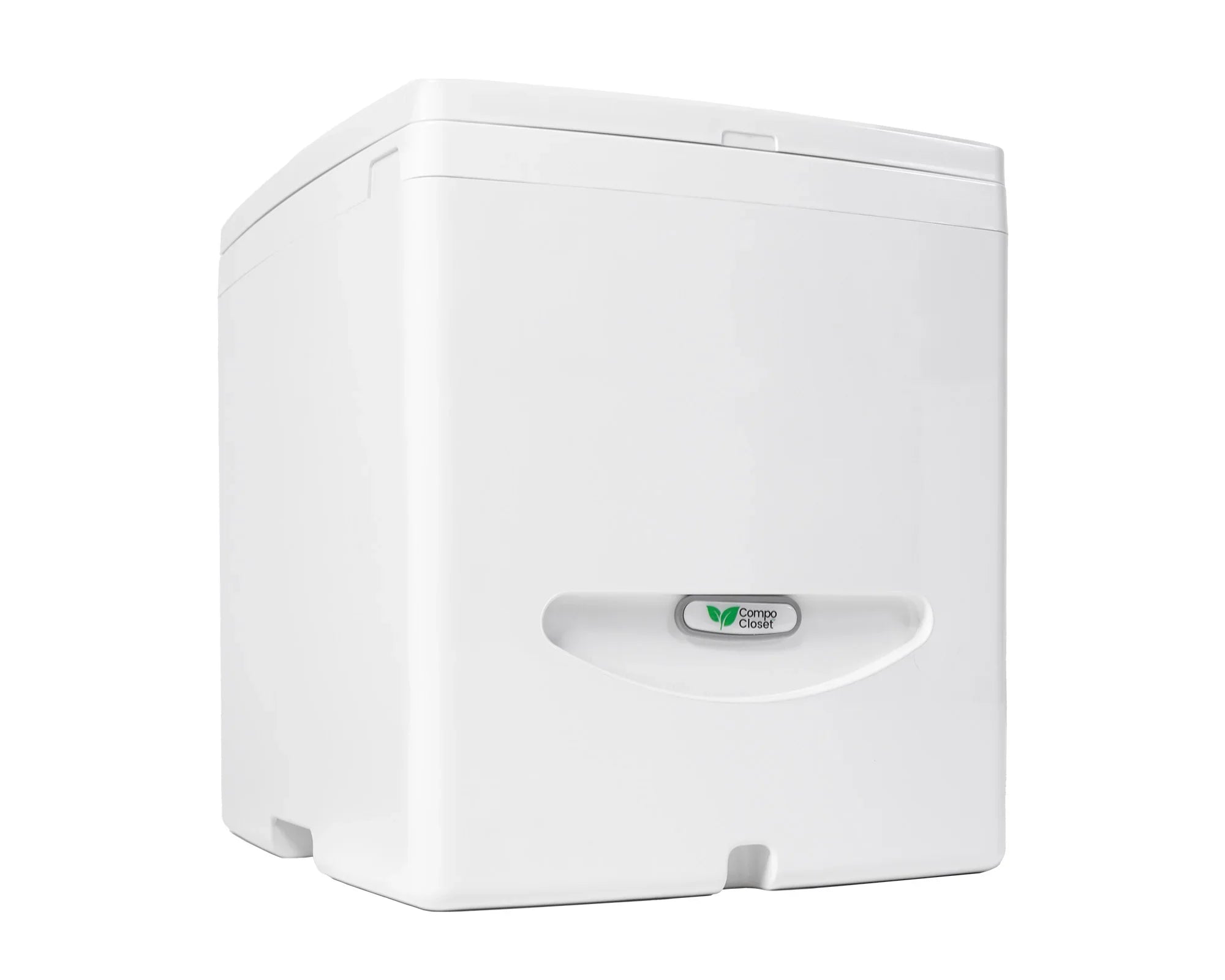Why Choose Composting Toilets from CompoCloset?
- Ultra-portable & waterless, our toilets are perfect for vans, RVs, cabins, boats, and more!
- Built for odor control with urine diversion and an internal fan (sold separately for Cuddy Lite).
- Easy maintenance with an LED “full” light to notify you when the liquid bin is full, and a solids bin that’s simple to remove and clean.
- Eco-conscious choice: does not use water or harsh chemicals.

